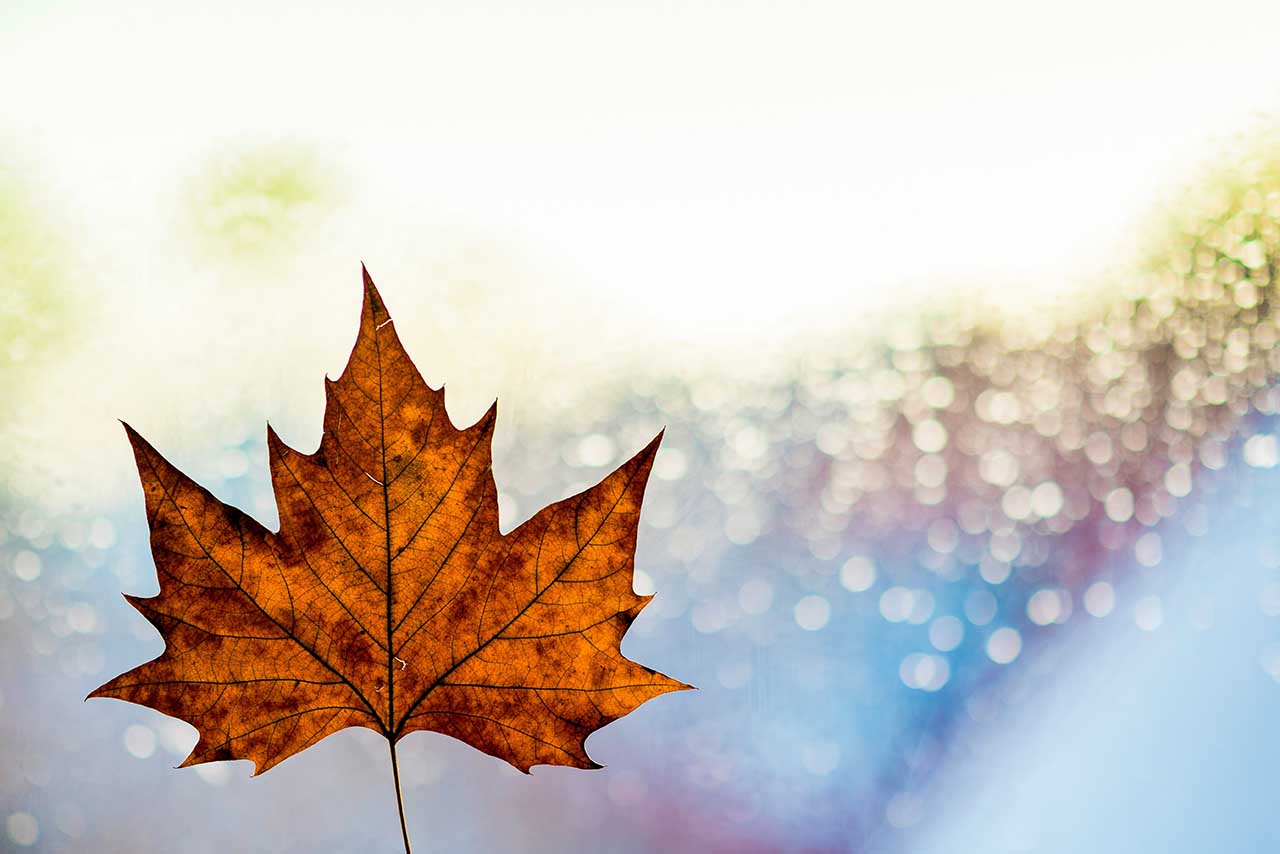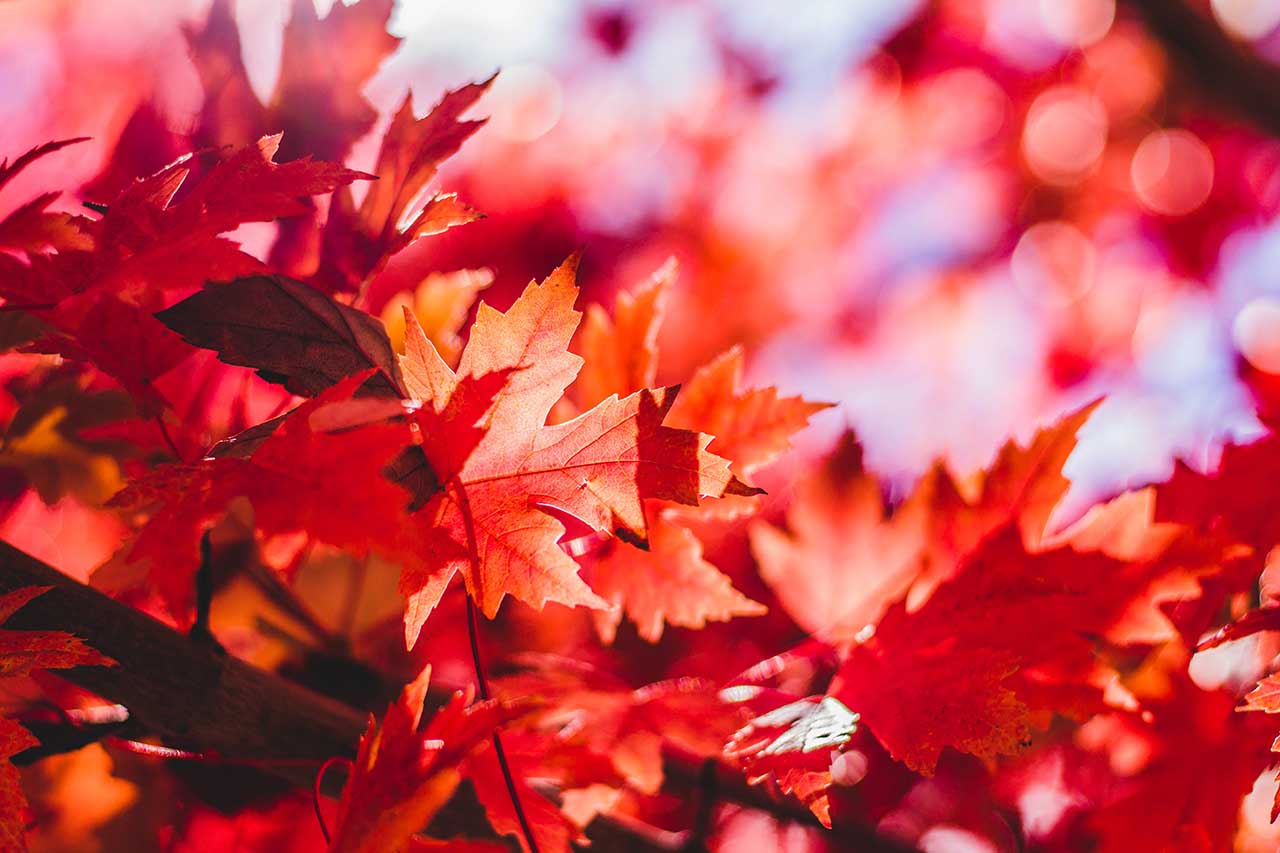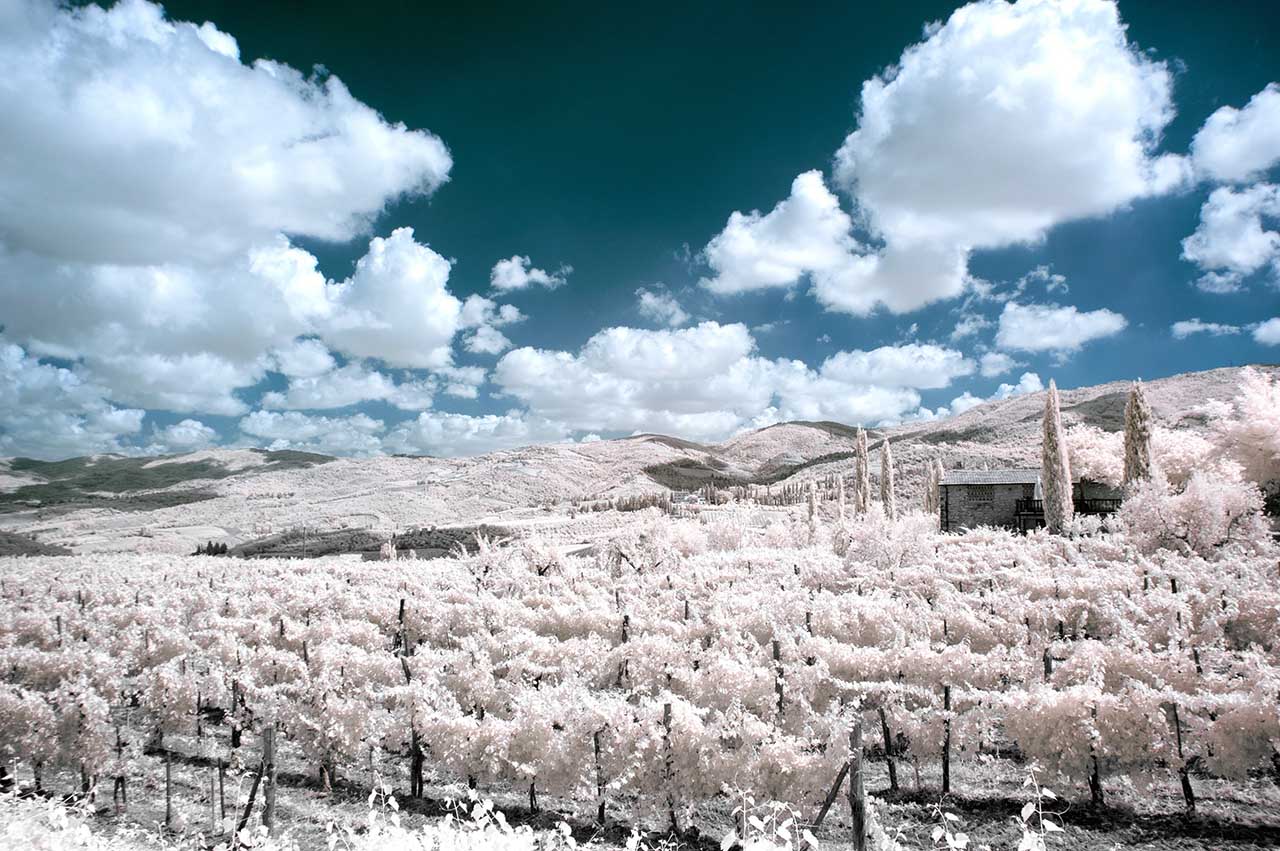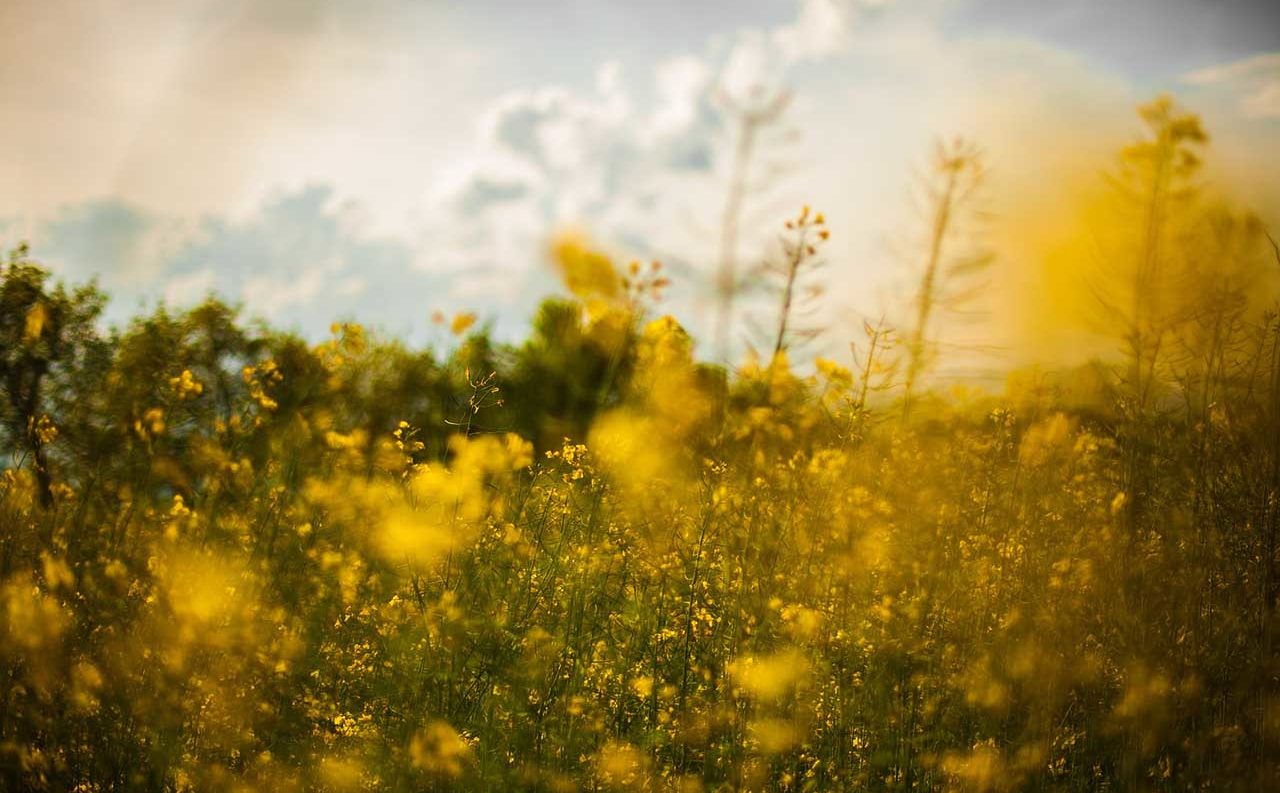Tired of long exposures and dramatic sunsets? Classic landscape scenes are over-photographed for a reason. But sometimes it’s nice to break free from convention and do something a bit different. After all, developing your own style and making images that stand out is one of the ultimate goals of any photographer.
In this tutorial we’ll show you how to kick-start your creativity and incorporate techniques and ideas from other genres into your landscape photography.

Landscape photography ideas: 01 Make Bokeh
Often the hallmark of portraiture, opening your aperture up wide can produce some very striking results in your landscape photography. You’ll find that a wide aperture will turn all the small background highlights in your scene into pleasing out-of-focus orbs that make an image look magical.
You can even take this a step further and directly control the shape of your bokeh. This is a simple technique anyone can do by cutting a shape – such as a heart or diamond – out of a piece of cardboard, which you then mount over your lens.
Landscape photography ideas: 02 Intentionally blur your images
And while we’re talking about background blur, let’s not forget the abstract qualities you can achieve by embracing soft-focus effects throughout your image as a whole. Using camera movement to express a sense of being in the moment is a great way to establish a connection between the viewer and your image.
What’s more, blurring a landscape intentionally can create a sense of tranquility by teasing out abstract blocks of colour in a landscape.
Landscape photography ideas: 03 Make your own filter
We’ve all seen the effects of using polarising or neutral density filters, but thinking beyond the box with what you use for a filter can produce some surprising results.
Using leggings, for instance, can deepen tones and add interesting textures to a scene. Simply cut out a section of the stocking and mount it over your lens with an elastic band.
You can also get great effects by shooting through items like bubble wrap and plastic soda bottles.
Landscape photography ideas: 04 Avoid the perfect lens
We all have our trusted kit that we use for different types of photography. It’s second nature to grab our wide-angle zoom and telephoto before a landscape shoot, but next time why not try bringing a prime lens. A simple 50mm, in fact.
Breaking free from what you normally use will challenge your eyes to look at scenes in new ways. You’ll think about composition differently than you’re used to.
Commit to using this lens for an entire shoot, and we’re certain you’ll come home with images unlike anything else in your portfolio.
Landscape photography ideas: 05 Use broken gear
And on that vein, don’t stop using a lens just because it’s broken. The same goes for cameras. A broken front element might limit a lens’s use, but it might open up some new, unexpected effects you never would have achieved previously.
Landscape photography ideas: 06 Seek out intimate landscapes
Landscape photographers and viewers alike are drawn to big vistas, but within these grand scenes are countless opportunities to capture more intimate views of the shapes and textures that make it so spectacular on the whole.
Close-ups of rock formations, leaves and shells are great examples of the types of smaller details within a scene that can challenge you to think outside the box with your photo composition.
Images that work best in this manner are those that emphasise the textures or graphical nature of a subject.
The beach is also a wonderful location for these types of images. Turning your back to the ocean, just looking down at the sand will reveal ripples of intricate details and form that emerge and disappear without end, offering you unique image opportunities that no other photographer will have captured.

Landscape photography ideas: 07 Look for a single colour
Photographers often do this in street photography, picking a single colour as a theme to shoot for the day, but in landscape photography the effect can be equally, if not more, striking because it’s unexpected.
Picking a colour will force you to think differently about a scene and notice its nuances. Going in closer for details is a great way to add variety, and at the end of the day you’ll likely have a set of images that will make a wonderful montage.
Remember: your chosen colour can appear in many forms beyond nature. It can be in the tone of the light, man-made objects, even people themselves.
Landscape photography ideas: 08 Shoot astro landscapes
Our eyes offer an exceptionally wide dynamic range, but at night your camera can bring out more colour information than your eyes can perceive.
So you can capture some incredible pictures of your favourite landscape beneath a starry sky that will be rich with detail.
To do this you’ll need a camera with a good ISO, a tripod, a torch and a tracking mount that lets your camera move along with the movement of the stars during long exposures.

Landscape photography ideas: 09 Shoot infrared
Shooting infrared will literally change the way you see light. What infrared photography does is allow you to capture the light outside the visible spectrum at the warm end of the electromagnetic scale.
Confused? It’s OK. Basically, your digital camera is built with a filter that blocks infrared light and admits only visible light so that you record normal colours. In other words, you capture what you see.
But for not much money you can convert an old camera to shoot infrared by removing this filter. And withc an infrared-converted camera you’ll find that everything you thought you were seeing is reversed! Foliage and grass will appear pale because they reflect lots of infrared light, while water and blue skies are rendered dark.
To get started, you can either have a spare digital camera professionally converted or check if your camera is sensitive to the infrared spectrum. If it is, there are filters on the market that will block out the visible light.



